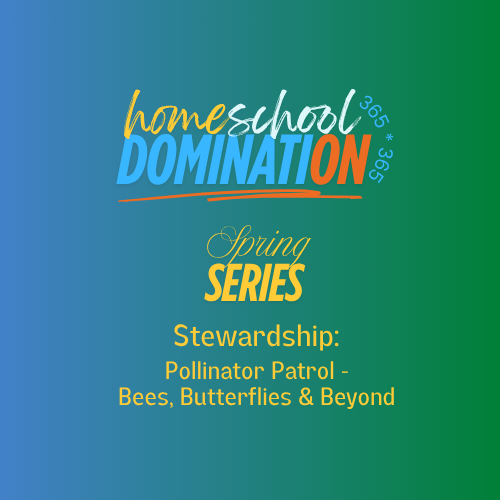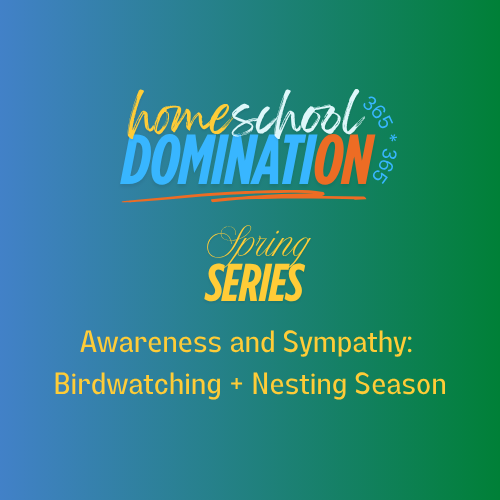Humility and Unseen Efforts: Worms, Roots and Soil Life
Humility and Unseen Efforts: Worms, Roots & Soil Life
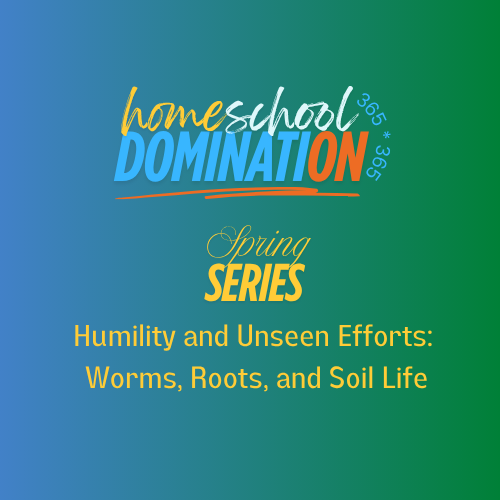
What You’ll Learn
Dig into the world below the surface—explore roots, discover how worms help the earth, and observe the tiny ecosystem living in soil. Be surprised that there are several unseen efforts happening beneath us and contributing to our existence and survival.
Quick Background
We often look up at nature, but some of the most important things happen underground. Roots hold plants steady and take in water and nutrients. Worms and other decomposers break down dead things into rich soil. Spring is the perfect time to investigate the teamwork happening just below our feet.
Try it Together
1. Choose a garden bed, corner of the yard, or flowerpot.
2. Dig gently with a small trowel or spoon and observe:
Worms: How many? What color? How do they move?
Roots: Thick or fine? Straight or tangled?
Soil: Is it wet, dry, sandy, dark, crumbly?
3. Carefully return worms and cover the soil again to protect them.
Optional: Set up a clear jar with layers of soil and food scraps to watch composting in action (a “worm hotel”).
Quote
“Character often grows beneath the surface.”
— Unknown
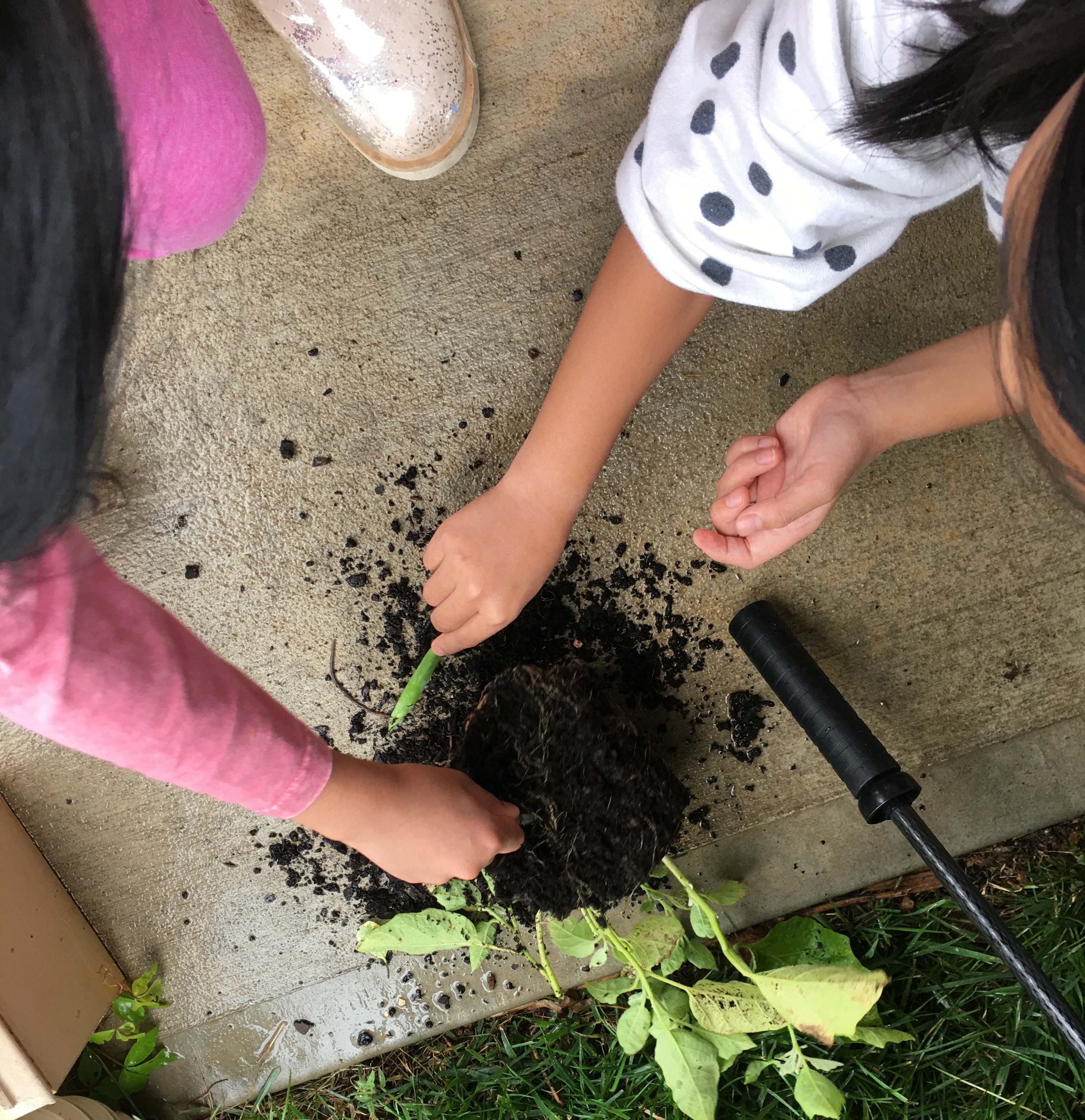
Family Talks (Reflection Prompts)
1. Why are worms called “nature’s recyclers”?
2. What would happen if the soil didn’t have life in it?
3. How does teamwork in the soil compare to teamwork in our family?
Why is this relevant?
Healthy soil is a foundation for farming, food, and forests. Soil scientists, compost engineers, and regenerative farmers are using this knowledge to rebuild ecosystems, reduce waste, and grow food sustainably.
“Worms, Roots & Soil Life” offers a powerful metaphor for developing character—especially for humility, patience, and unseen impact. Tweens and teens can learn that just like worms and roots do essential work underground, character often grows beneath the surface—in quiet, consistent ways.
Document It!
1. Create a soil life diagram with labels for worms, roots, fungi, and bugs
2. Write a short observation entry: “Today I dug into the soil and found…”
3. Compare two types of soil (dry vs. damp, yard vs. potting mix)
Bonus challenge (Optional)
Start a mini worm compost bin using a plastic container, shredded newspaper, food scraps (veggies only), and a few red wigglers (available online or from a gardening neighbor). Track how much food your worms recycle in one week.
Draw a plant, but focus on the roots. Label each root with a character trait you want to grow
(e.g., responsibility, honesty, kindness, grit). Hang it up in your room as a reminder.
Take Spring Learning to The Next Level!
Our HD 365: Spring Series booklet is blooming with hands-on snippets your whole family will love. Think life skills + character building + learning together—all in one!

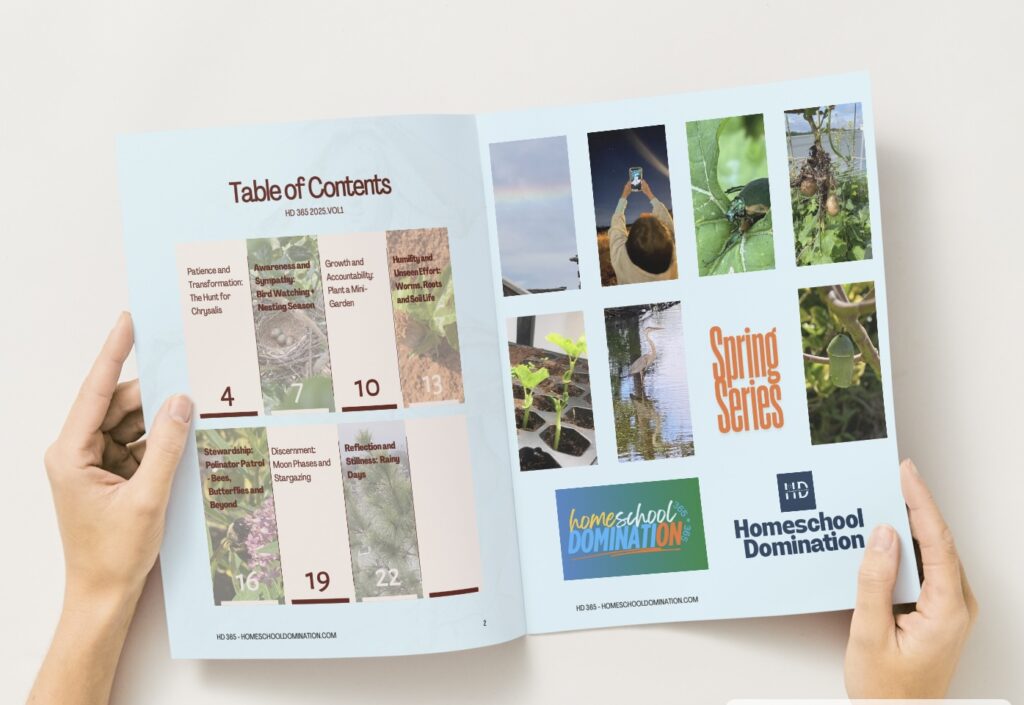
Download Your Digital Copy, Today!
Related Learning Stories
Our learning stories are learning implementations of our Homeschool Domination 365. These are written by parents and students to show an example of how they implemented our Homeschool Domination 365 snippets.

Free Science Homeschool Ideas in Your Yard – Part 2
Have you been thinking about how you can homeschool free in your yard? Well, science is really not very…

Free Science Homeschool Ideas in Your Yard – Part 1
Have you been thinking about how you can homeschool free in your yard? Well, science is really not very…

Advantage of Blank Paper and a Pencil
Are you looking for an activity to start your homeschool day their creative minds? Consider a daily creative learning…
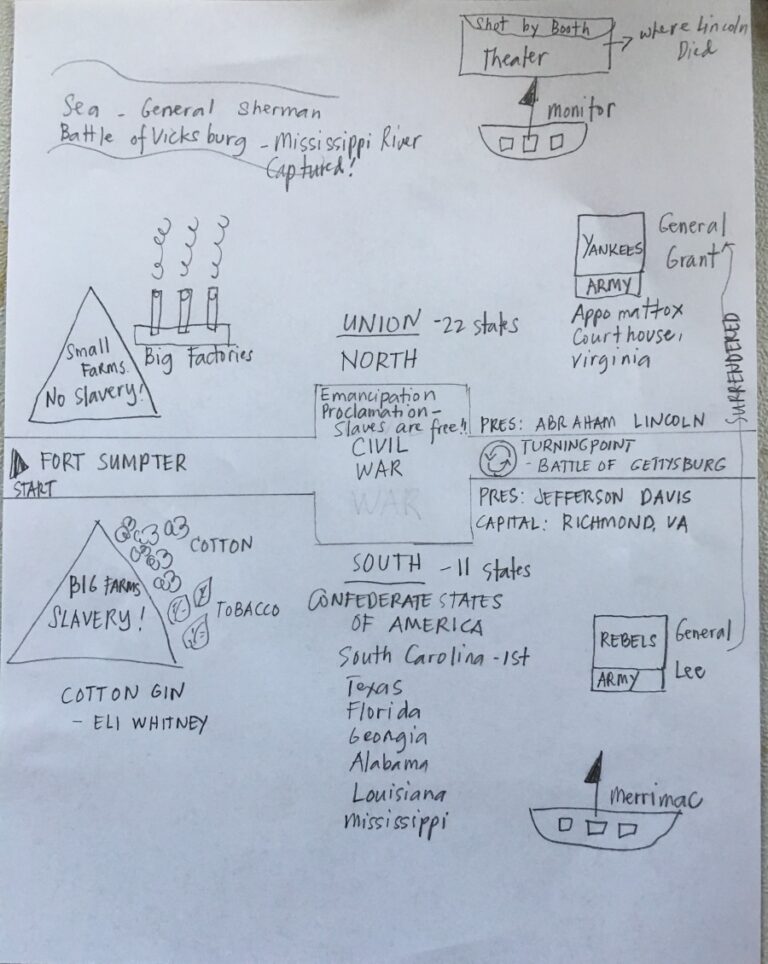
Learning History
Is your child struggling when learning history? Visualizing the story about this history might help just like how we…

At the End of the Mess is a…
Today, we decided to get some baking done using a chocolate brownies recipe from Annabel Karmel‘s First Meals. We rebel out…
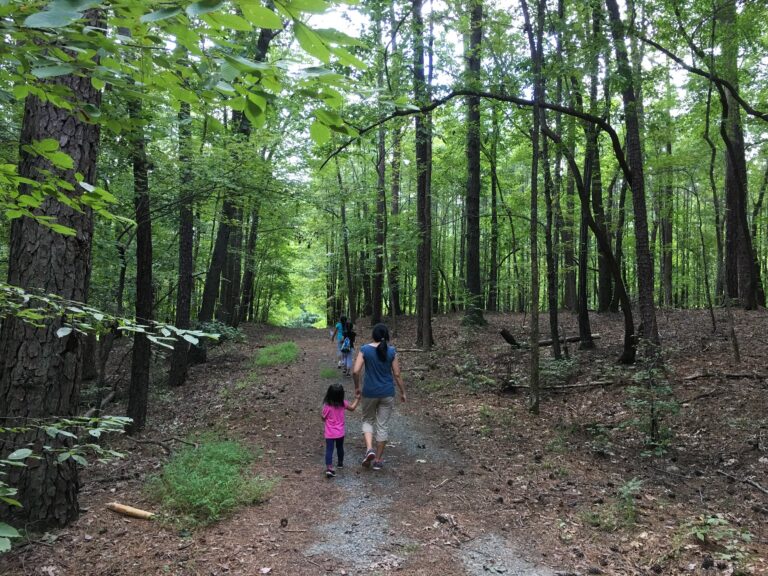
The 2.8 Mile Loop
We drove to one of the nearest state park in our area. While we were originally planning to take…

